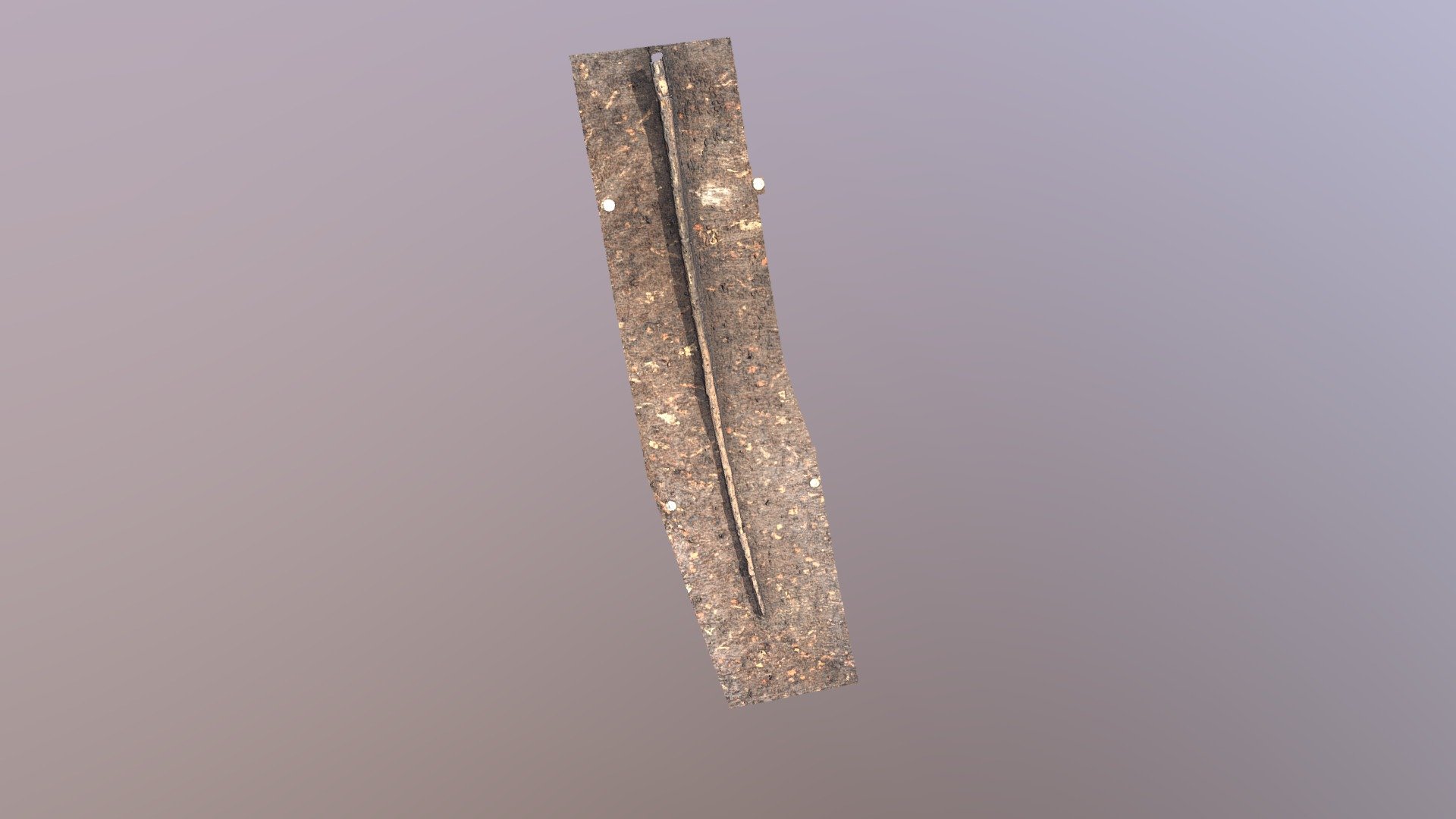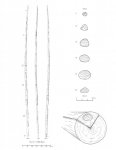Archaeologists and Bowyers – Advice please
I have recently finished an Ash Longbow, and I’ve made a quite serviceable Holly ‘stick-bow’ that, to the best of my knowledge and surprisingly, has no archaeological evidence of use (I would enjoy being corrected on that). However, as some of you know, I am particularly interested in the Mesolithic and Neolithic peoples of Britain: how they lived and, in particular, how they used the plant and animal resources. So, my next project is a Mesolithic bow.
Obviously, I have been looking at Holmegaard and Mollaget bows but I’m also very interested in the bow found at Star Carr.
I’ve looked carefully at the dimensions and profile and, I confess, I’m not convinced. The one claim to fame for the bow is that it’s the oldest complete bow in the world; I suspect it’s not complete and that about a fifth of it is missing. Clearly, no one would like to admit that otherwise it becomes another Mesolithic part-bow. I also suspect it’s lost some of it’s girth due to shrinkage – why would anyone carve a bow from a stave (not a trivial task with flint tools) that wasn’t any stronger or better than one they could make from a stick?
So, my question to anybody in the know in the archaeology world is “is there any discussion on the bow that’s not published or public?” and my question to bowyers is “do you agree with me or, if not, what do you think the bow looked like?”.
I have recently finished an Ash Longbow, and I’ve made a quite serviceable Holly ‘stick-bow’ that, to the best of my knowledge and surprisingly, has no archaeological evidence of use (I would enjoy being corrected on that). However, as some of you know, I am particularly interested in the Mesolithic and Neolithic peoples of Britain: how they lived and, in particular, how they used the plant and animal resources. So, my next project is a Mesolithic bow.
Obviously, I have been looking at Holmegaard and Mollaget bows but I’m also very interested in the bow found at Star Carr.
I’ve looked carefully at the dimensions and profile and, I confess, I’m not convinced. The one claim to fame for the bow is that it’s the oldest complete bow in the world; I suspect it’s not complete and that about a fifth of it is missing. Clearly, no one would like to admit that otherwise it becomes another Mesolithic part-bow. I also suspect it’s lost some of it’s girth due to shrinkage – why would anyone carve a bow from a stave (not a trivial task with flint tools) that wasn’t any stronger or better than one they could make from a stick?
So, my question to anybody in the know in the archaeology world is “is there any discussion on the bow that’s not published or public?” and my question to bowyers is “do you agree with me or, if not, what do you think the bow looked like?”.




